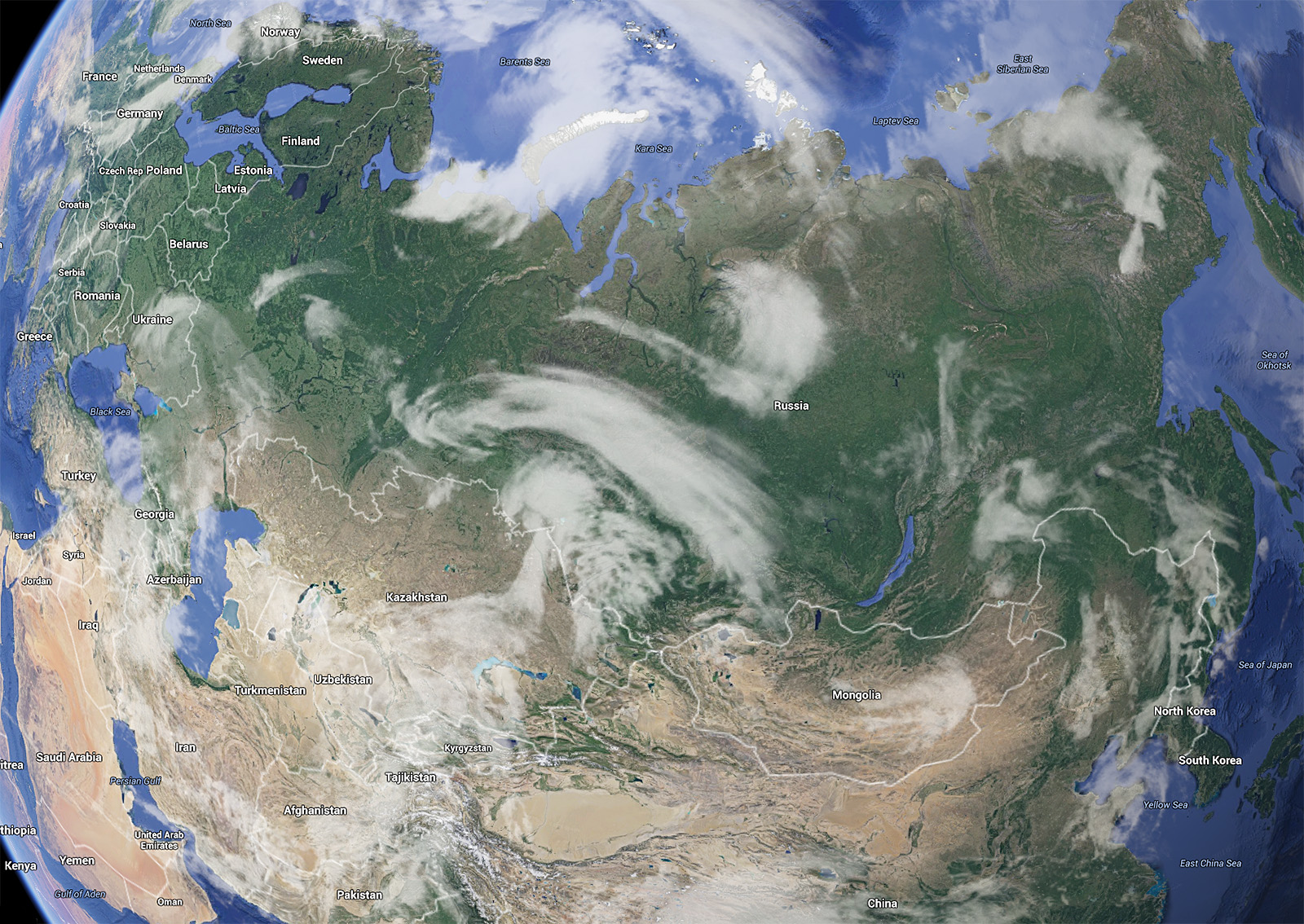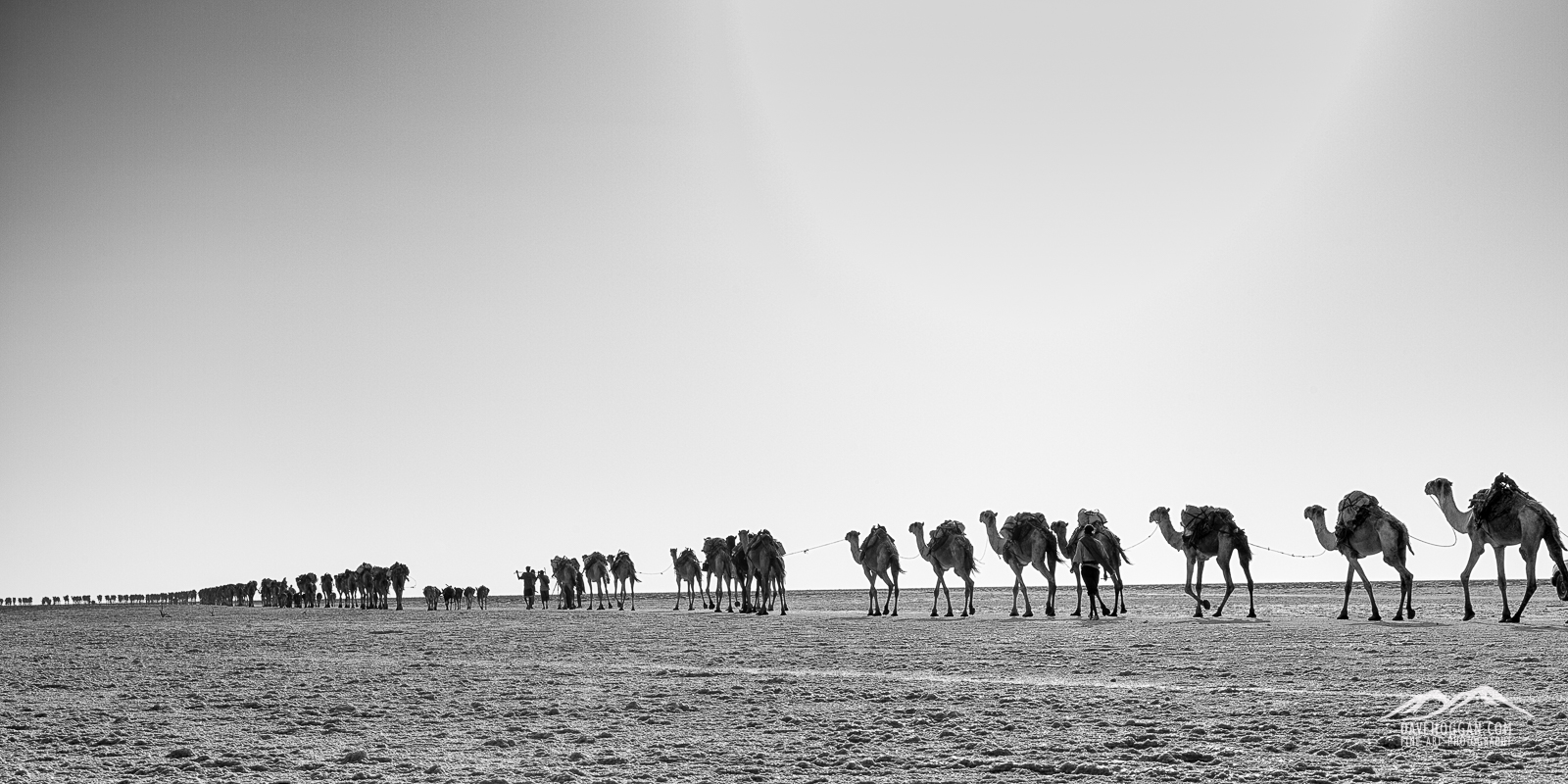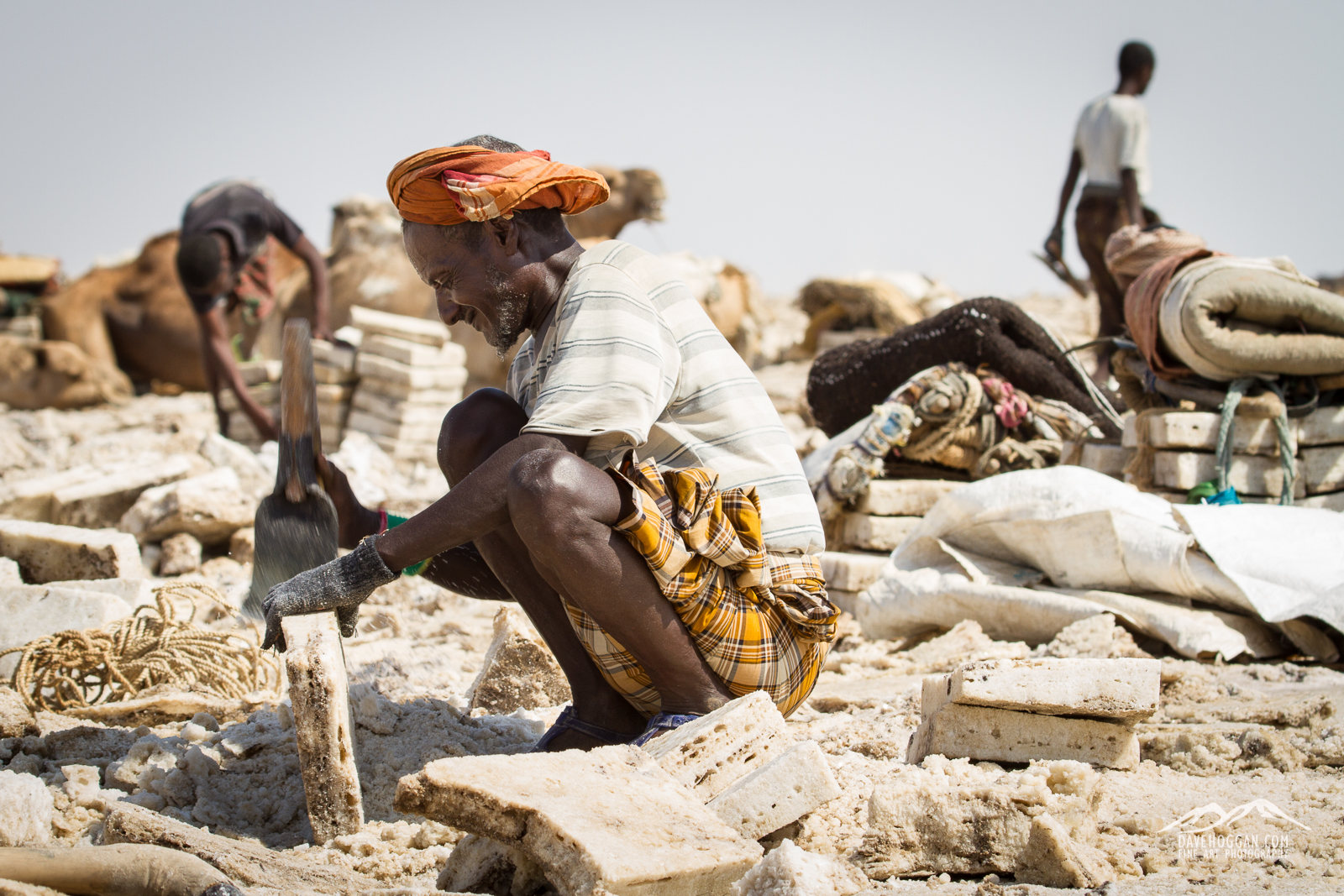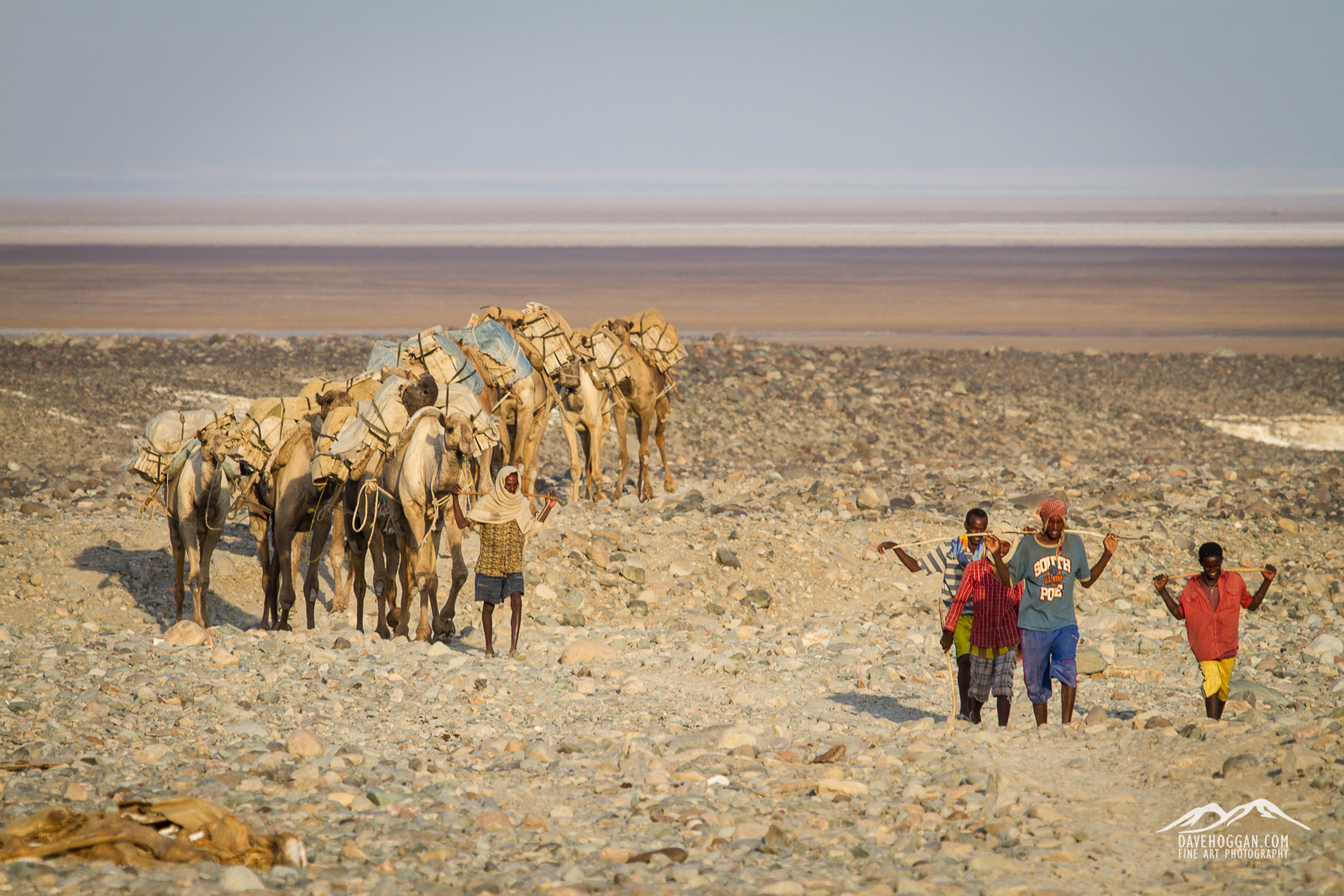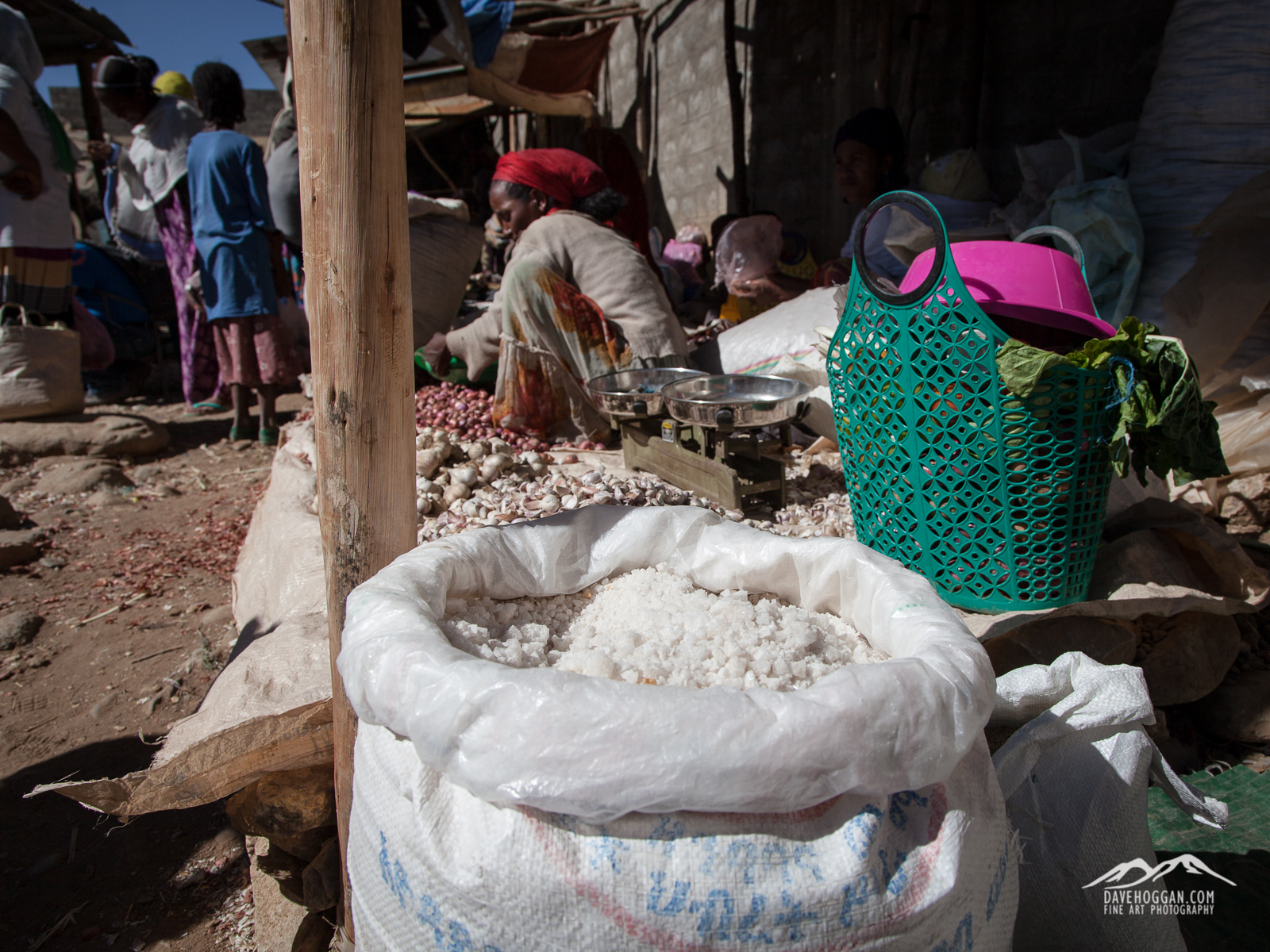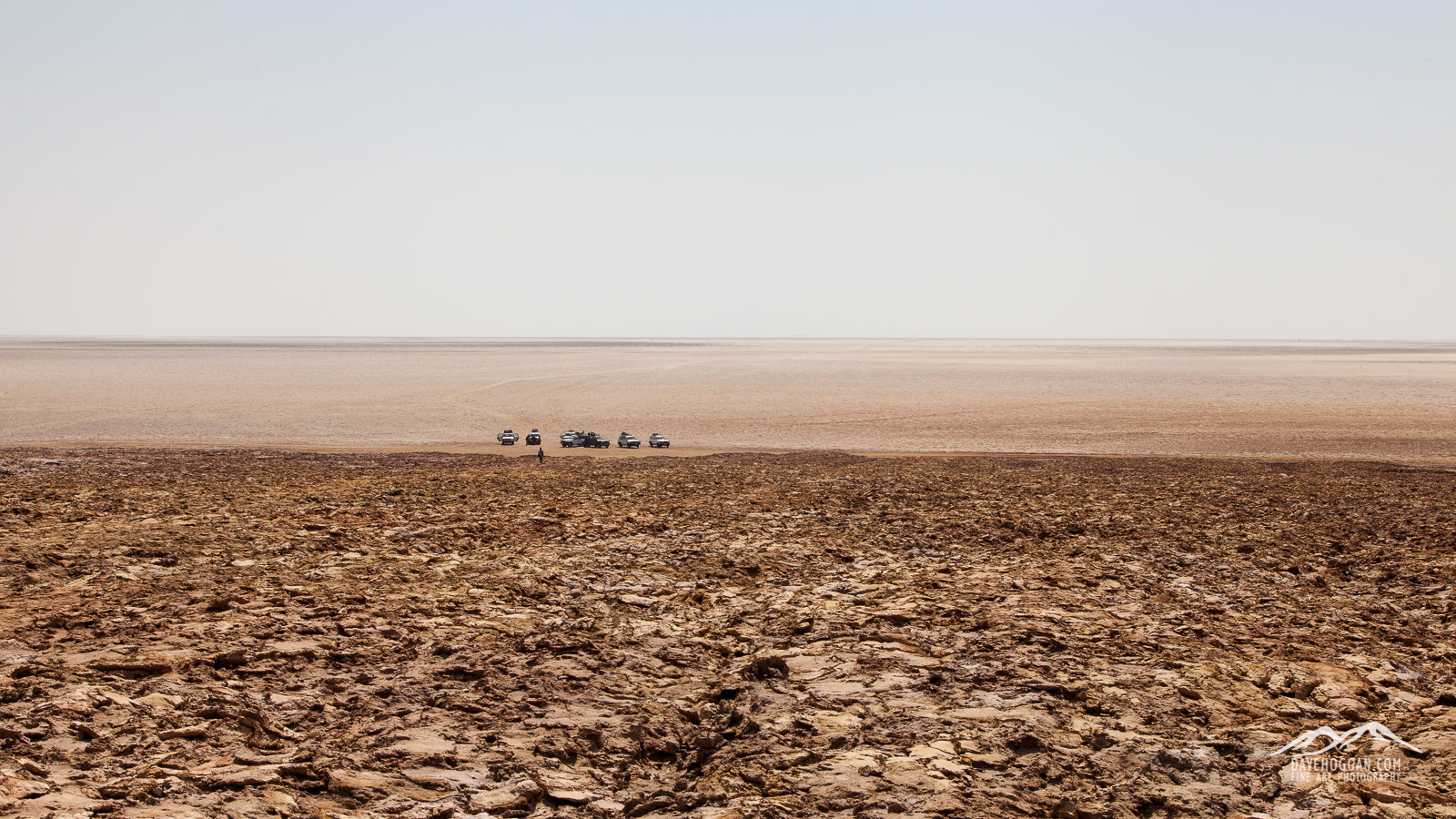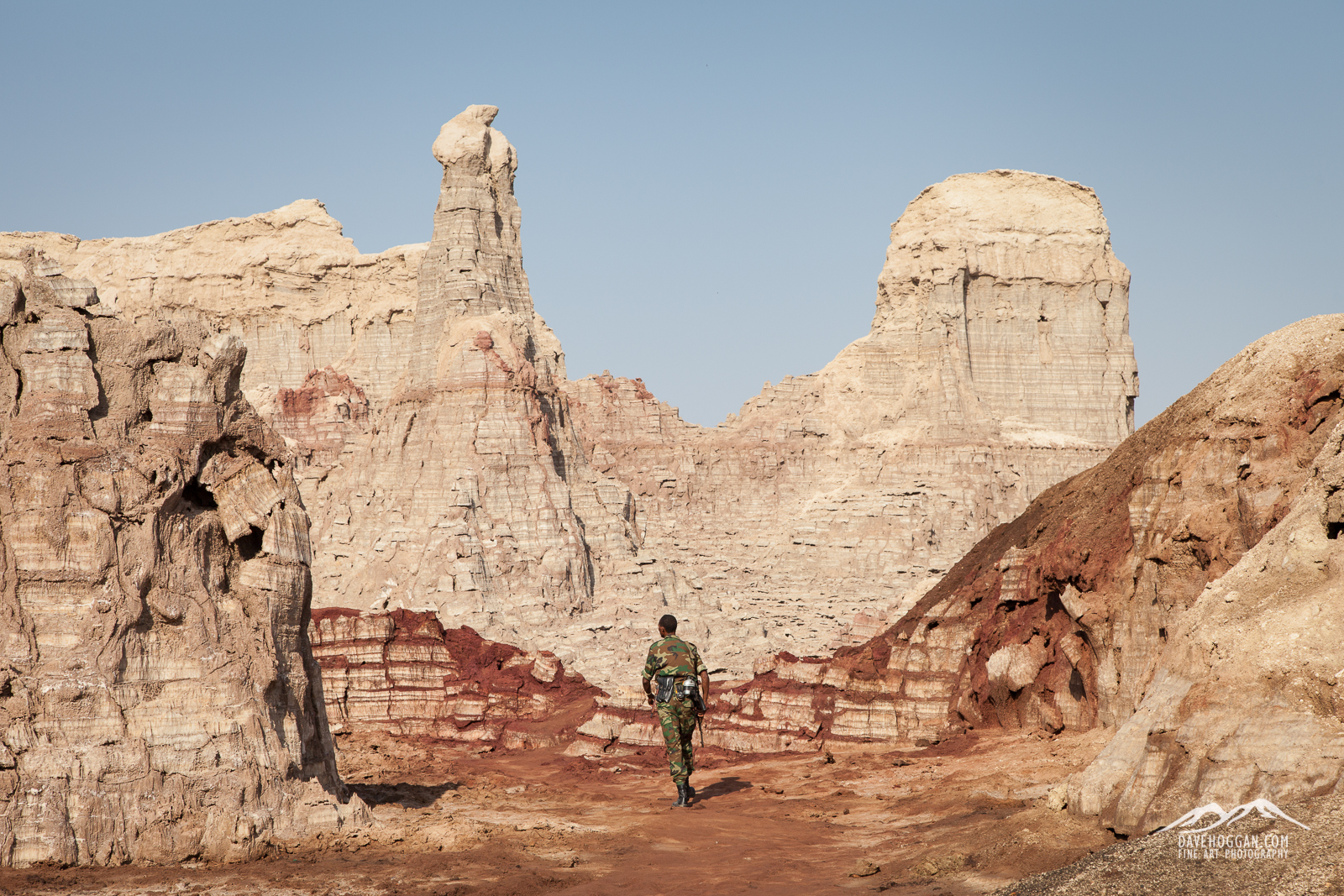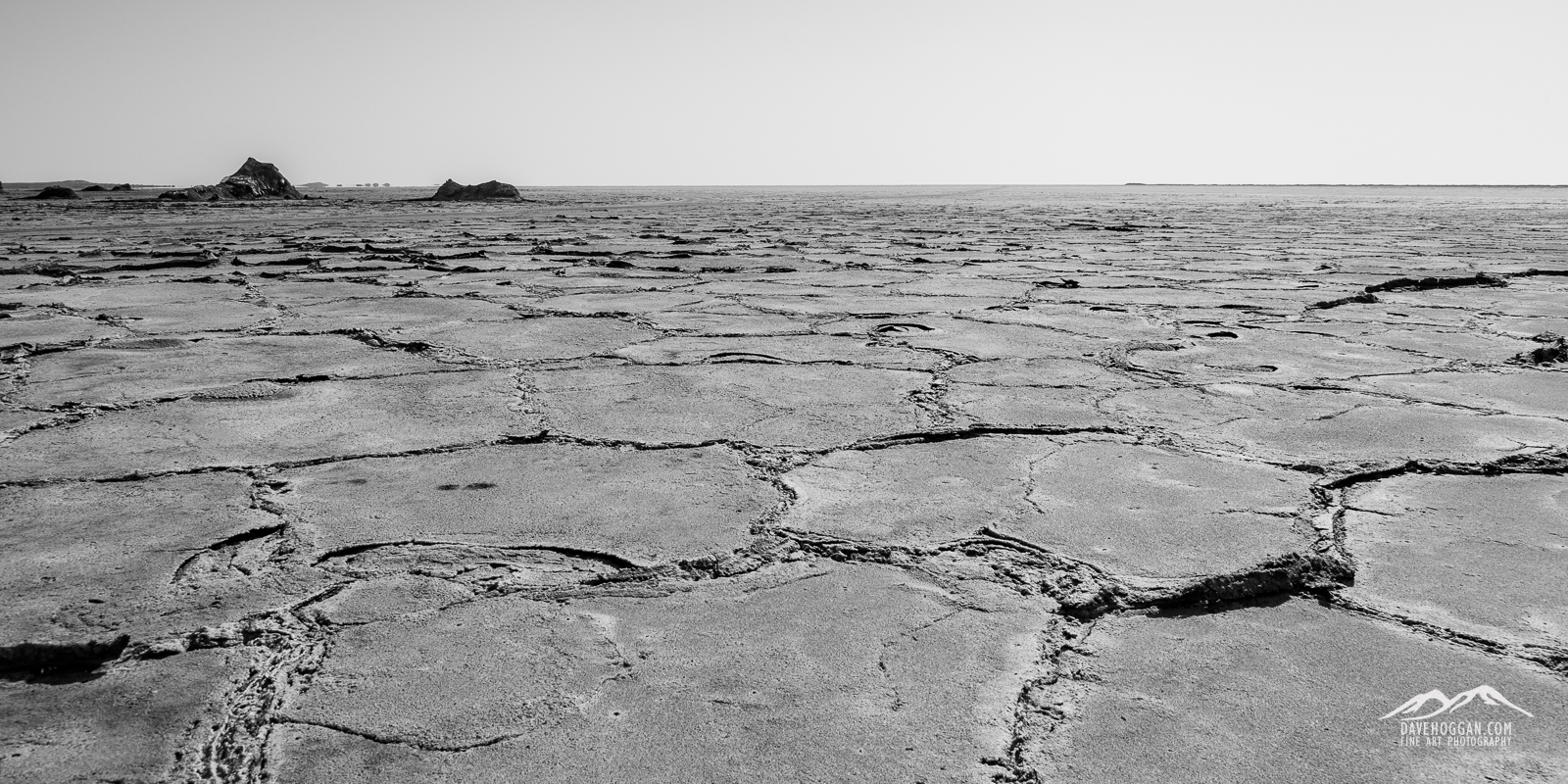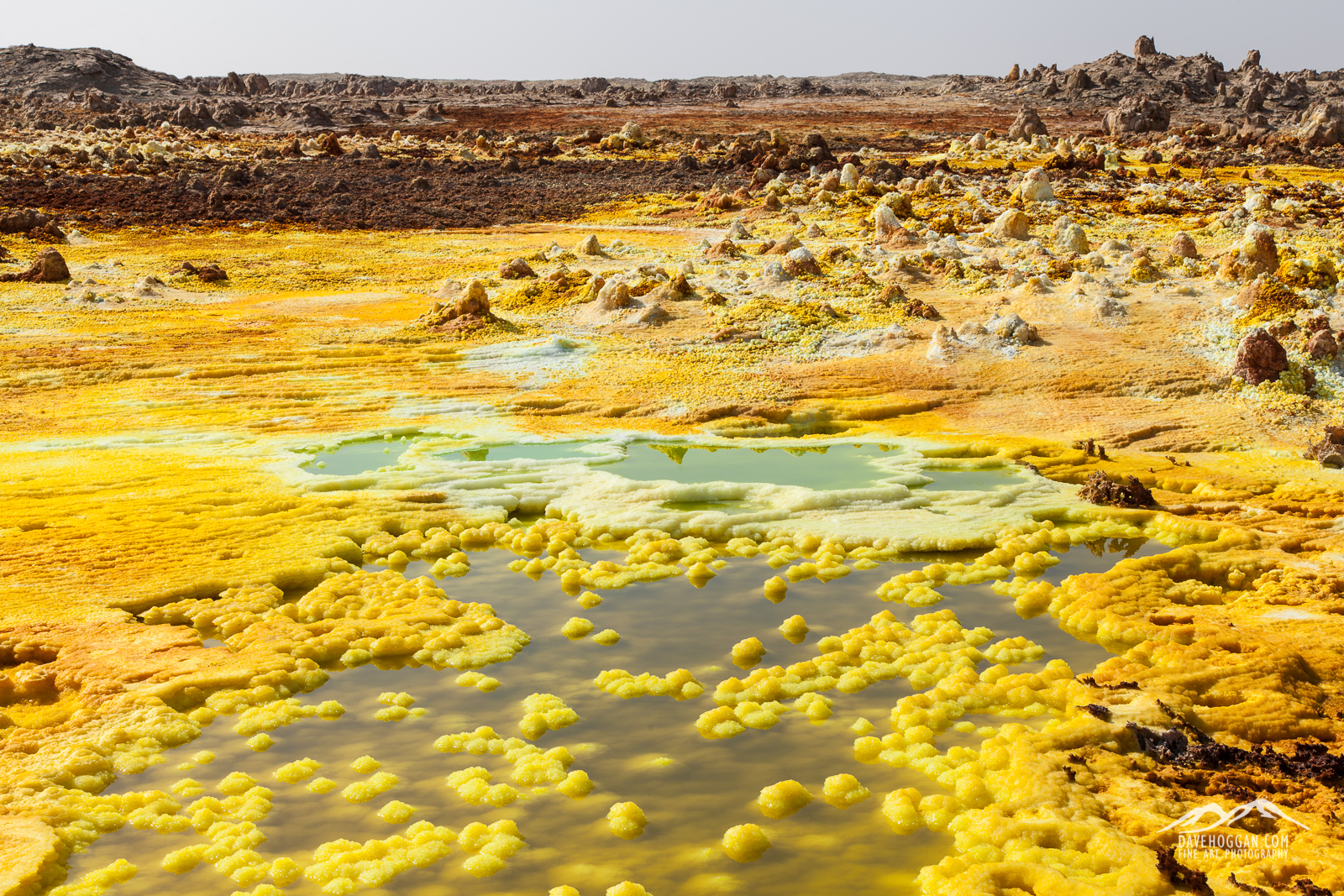
The map responsible for many of my trips. I’m sure my bank manager would prefer me to have wallpaper instead…
Here in the UK we are on the last day of the four-day Easter weekend and whist for many it is a busy time for me it is a time to rest and catch up with all those “I really must do that someday” jobs.
One such job was to clean fingerprints off the glass cover of the map in my study, fingerprints that covered most of Indonesia, China and well into Mongolia – so in the end I just decided to clean the whole map. A particularly stubborn mark over Mongolia had me scrubbing away and I was caught by the striking gash of blue in the otherwise orange expanse of Russia. Although not really obvious in the picture of the map above, you cannot miss it when looking at Google Earth, a deep blue against the green.
Anything that piques my interest is worth a quick Google, especially if it may lead me somewhere new and so the rest of the day became an increasingly interesting search about Lake Baikal.
Lake Baikal has a lot of ‘firsts’ to its name. It is considered the oldest lake at approx. 25 million years, the deepest at just over 1600 metres, the largest freshwater lake in the World by volume of water and one of the clearest. If you took all the water from the five Great Lakes in the USA, Lake Baikal still has more.
However, it was when I looked at some example images taken of the lake in winter that idle curiosity became a “What would be involved in getting there” train of thought. The best images range from stunning landscapes through to downright other-Worldly and it is an area relatively untouched by mankind. Siberia has long been on my list of extreme environments and now Lake Baikal has given me a focus.
So, as Easter comes to an end, I have narrowed the photographic expeditions down to three possibilities and some have already replied to my email. There is one expedition that stands out although all three represent the best on offer that I could find. The only thing is that I’m too late for 2016 as all the expeditions are in the February/March timeframe and so it means a long wait until the 2017 season.
But, it is always nice to have something to look forward to…
